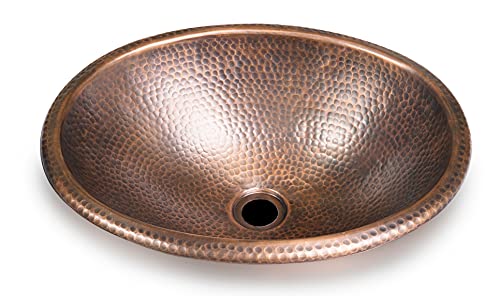Substituting the connections of your current kitchen faucet or tap with copper pipes can promote different advantages. The metal is quite resistant to corrosion, promoting long-term use. But what is the process to change your kitchen faucet to have copper pipes? We researched for you, and here’s what we found.
First, make sure that the water flow isn’t running to your kitchen sink. Also, take note that connecting a copper pipe to a kitchen faucet usually needs soldering. After getting the required materials and tools for the job, here’s how to attach the fitting to the tap:
- Clean the pipe thoroughly.
- Apply flux paste to key areas and solder those locations.
- Connect the flex line to the shut-off valve and the faucet’s inlet.
- Tighten the compression nut and turn on the faucet to check for leaks.
Changing a kitchen faucet for it to have copper pipes might seem like a reasonably straightforward task. But miss a few vital details, and the fixture can be at risk of acquiring leaks, among other plumbing problems. Keep reading as we tackle the steps to install copper pipes to a kitchen tap in greater detail.
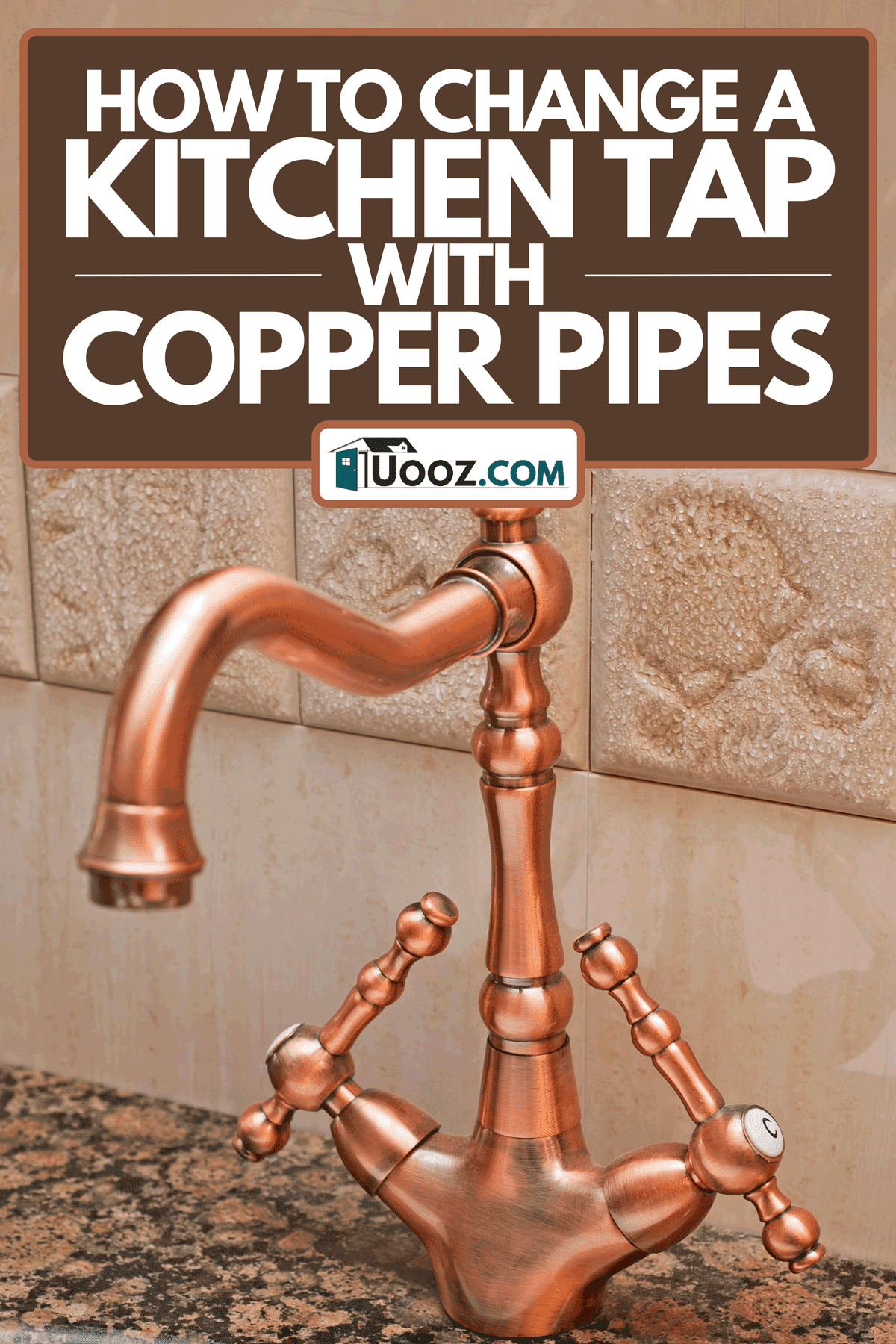
Are All Faucets Compatible?
Different kitchen faucet designs are available but not every model is compatible with existing plumbing fixtures. Take note that kitchen faucets may have one to four mounting holes. A particular faucet unit won’t fit if the sink or pipe doesn’t have the appropriate number of attachments.
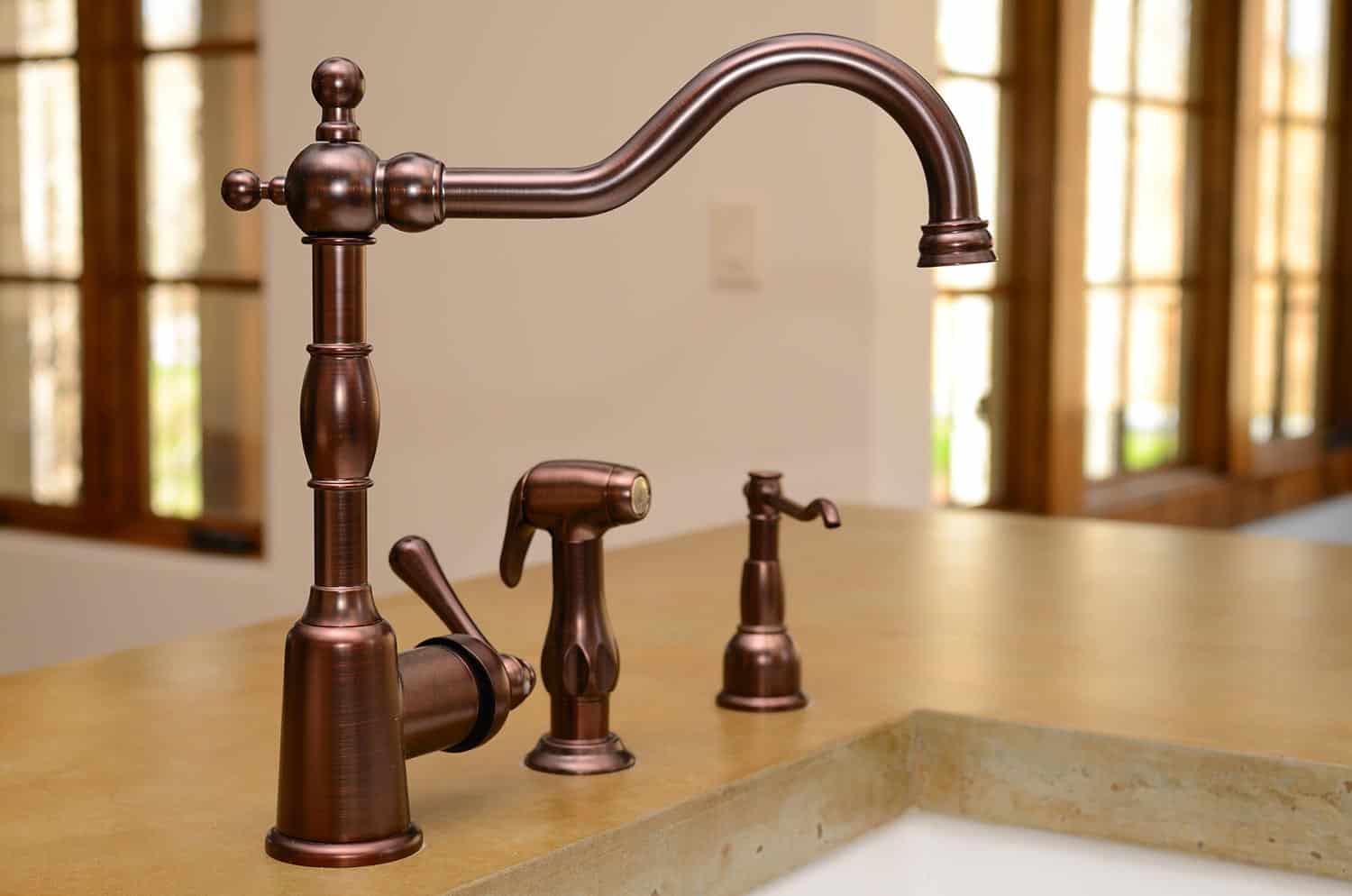
Here’s a quick preview of some of the different types of faucets:
- Pull-down: Generally has a spray wand that users can pull down to pinpoint specific areas during cleaning.
- Single handle: Usually has one lever to help control the water flow.
- Pull-out: The head pulls out horizontally, preventing unnecessary use from curious kids.
- Separate spray: A 2-in-1 model that offers extra flexibility for users. Both outlets often share the same source, allowing homeowners to save water.
- Smart: May or may not have a handle; this model generally uses technology like motion detection to control the water output.
Aside from the kitchen faucet’s structure, you also have to think about other factors to ensure that the fitting works as intended. Other elements to note are the size, cost, and materials used to create the product.
Also, installing the wrong type of faucet can lead to problems, such as water not coming out of the fixture. If you encounter this issue, read this post to help you with the troubleshooting: "No Water Coming Out Of Faucet – What Could Be Wrong?"
How Do You Connect Copper Pipe To Faucet?
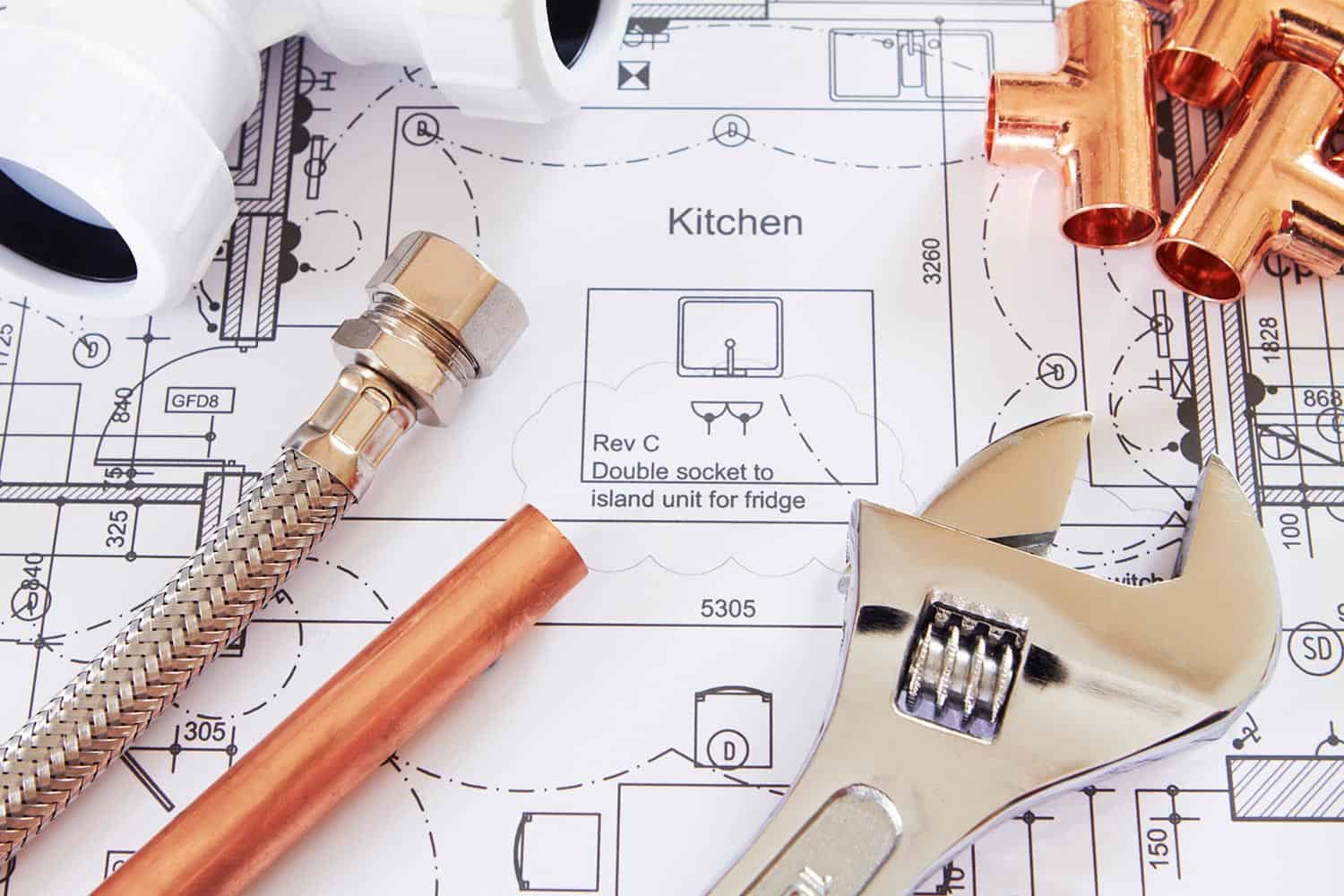
Attaching a copper pipe to a kitchen faucet often requires some soldering. Consult a specialized technician to handle the job if you don’t know how to do this task or if you’re not confident with your current soldering capabilities.
Proceeding with this project also means that you need to practice preventive measures. For instance, you need to turn the water shut-off valve, which is usually under the sink. Doing so will eliminate the water flow to prevent leaks while you’re working.
After taking the necessary precautions, you can proceed to the next step:
What You’ll Need
- Damp cloth
- Flux paste
- Plumber’s torch
- Soldering iron
- Wrench
- Salt and white vinegar mixture (optional)
Step-by-Step Guide to Connect Copper Pipe to Faucet
- Ensure that the copper pipe is clean by wiping it with a damp cloth. You can also remove some stains by wiping the metal surface with a cloth dipped in a salt and white vinegar mixture.
- Apply a liberal amount of soldering flux paste in two areas: the pipe’s exterior and inside the shut-off valve.
- Heat the shut-off valve with a plumber's torch or other similar devices. Wait until the part becomes a bright red color before stopping.
- Apply solder to the areas where the valve and pipe will connect. Wait for the solder to cool completely before moving to the next step.
- Attach the flex line to the shut-off valve’s threaded outlet. Then, attach the other end of the flex line to the faucet’s inlet.
- Tighten the compression nut. Make sure not to overtighten it, or else you risk damaging the component.
- Turn the kitchen faucet on to check for leaks. If leakage appears, tighten the compression nut more with a compatible wrench. Otherwise, you may need to seal holes in the plumbing.
If you find yourself having difficulty soldering the pipe, watch the video below:
You might also be wondering if you can mix plastic pipes with copper plumbing fixtures. Read this post to find out: "Can You Mix PEX And Copper Pipes?"
Check out this soldering flux paste on Amazon.
Do Green Copper Pipes Need To Be Replaced?
You may not need to replace copper pipes with green spots on them if the corrosion is still fairly small. Fix this issue by making a paste of flour, salt, and vinegar. Make sure that the ingredients need to be of equal parts. Then, apply the concoction with a clean cloth to the green spot or stain.
However, avoid trying to fix the pipe if the corrosion spread throughout most of the material. Instead, replace it with a new unit. Make sure that the new copper pipe is compatible with your plumbing system.
Keep in mind that many pipes use either 3/8- or ½-inch pipe threads. If you’re unsure, you can take the corroded pipe to the hardware store to look for a replacement model of the same size. But if you find the plumbing fixture to have heavy corrosion, you may need to consult a certified plumber for assistance.
Check out this ½-inch copper pipe on Amazon.
What Is The Chemical Reaction That Turns Copper Green?
Oxidation happens when copper mixes with other minerals like calcium and sodium. The result is a bluish-green spot or stain called patina. If patina is present in copper objects like pipes, this corrosion weakens the material.
Watch this video below to learn how to remove the patina from the surfaces of copper and other metals:
How Do I Connect Copper Pipe Without Soldering?
Use push-fit fittings to help join copper pipes without soldering. Here's a quick guide on how to install these accessories to your copper pipes:
- Cut the pipe to size. Clean the cut portion to remove burrs.
- Mark a 1-inch area from the end of the cut section. This marked location will help you identify if you pushed the fitting at the appropriate distance.
- Push the push-fit fitting into place while giving it a slight twist.
You can watch the video below to see an explanation of the steps mentioned above:
Check out these push-fit fittings on Amazon.
Do Faucet Supply Lines Need Teflon Tape?
Polytetrafluoroethylene (PTFE) or Teflon tape isn’t a requirement for every faucet supply line, particularly for braided connections. Additionally, this material requires specific handling or it won’t do its job well in providing a proper seal.
Here are a few points to think about when using Teflon tape on supply lines:
- Always wrap the tape counterclockwise.
- White or pink thread tapes can be ideal for faucet supply lines.
- Don’t use yellow gas-rated tape for fixtures that carry water.
- Avoid using the tape on compression or flare fittings.
For more information on when you should use Teflon tape, watch the video below:
Do They Make Copper Faucets?
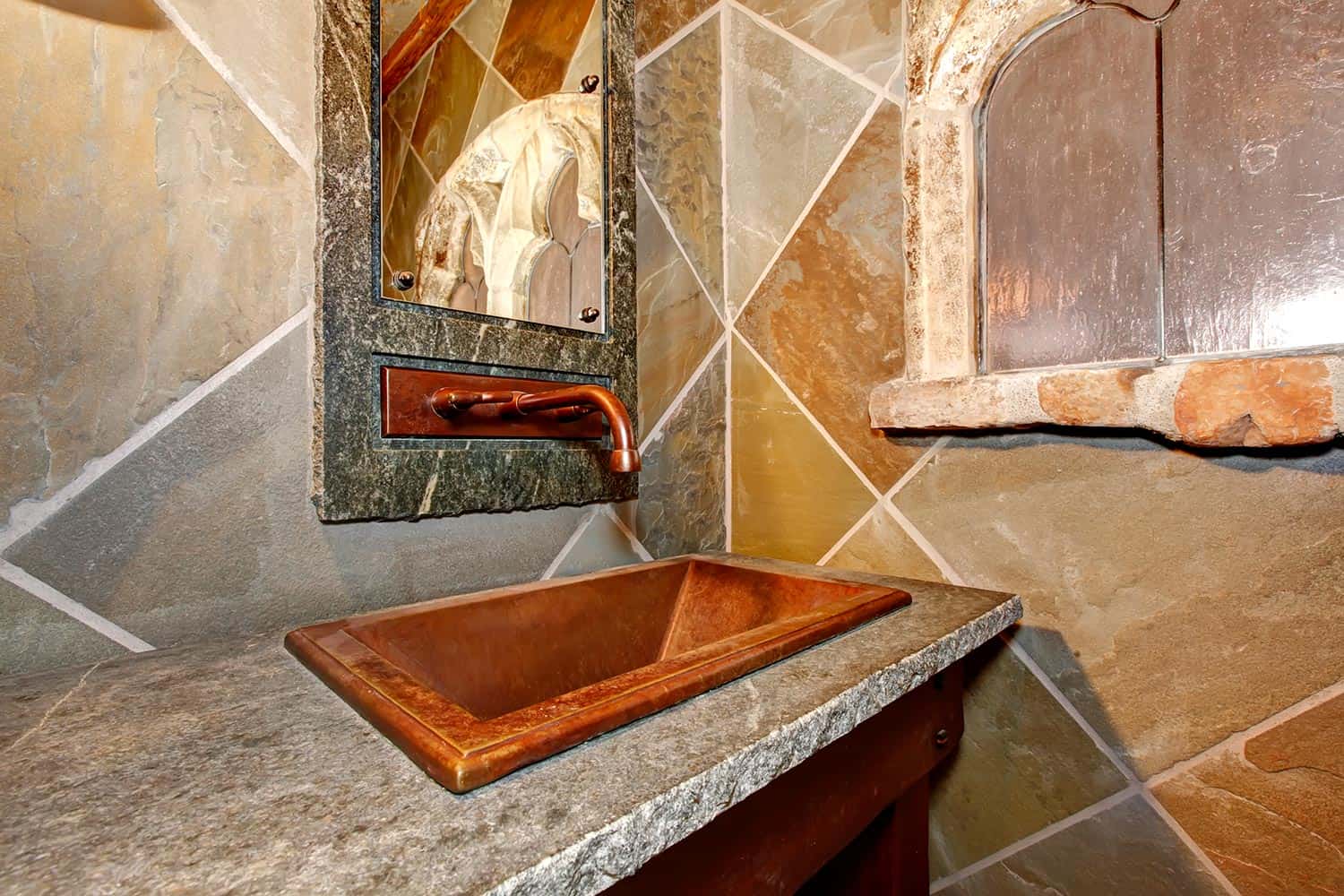
As mentioned in a previous section, the market sells a plethora of copper faucets. Each manufacturer often produces unique styles and build qualities to fit different homes and homeowner preferences. Some brands that you might want to check out are Kingston, Grohe, and BathSelect.
Check out this product on Amazon.
What Sink Goes With Copper Faucet?
In itself, copper can go well with many décor and furniture pieces because it exudes quality and prestige. In the case of copper faucets, combining those fixtures with sinks that also emanate class and luxury can make these items stand out.
A safe choice would be to opt for a sink with the same material as the faucet. Blue, gray, or white sinks are also good options to pair with copper faucets.
Check out this copper sink on Amazon.
Final Words
Remember to turn off the water flow to the kitchen tap before proceeding to change the copper pipes. Also, ensure that the pipe is clean to prevent risks of corrosion and other issues. Finally, make sure to use compatible fittings to ensure a tight seal, which should create efficient serviceability from the faucet.





